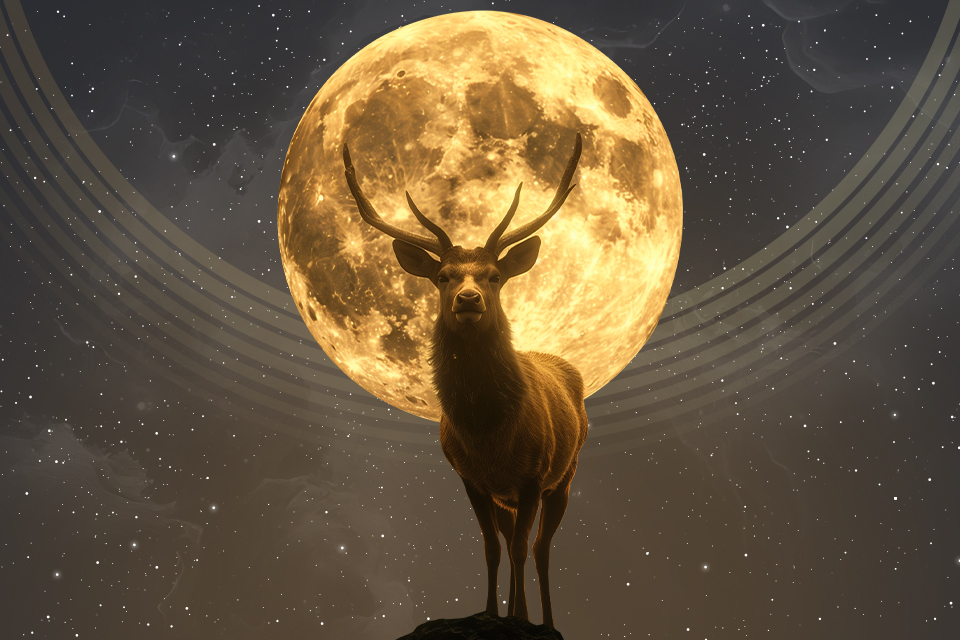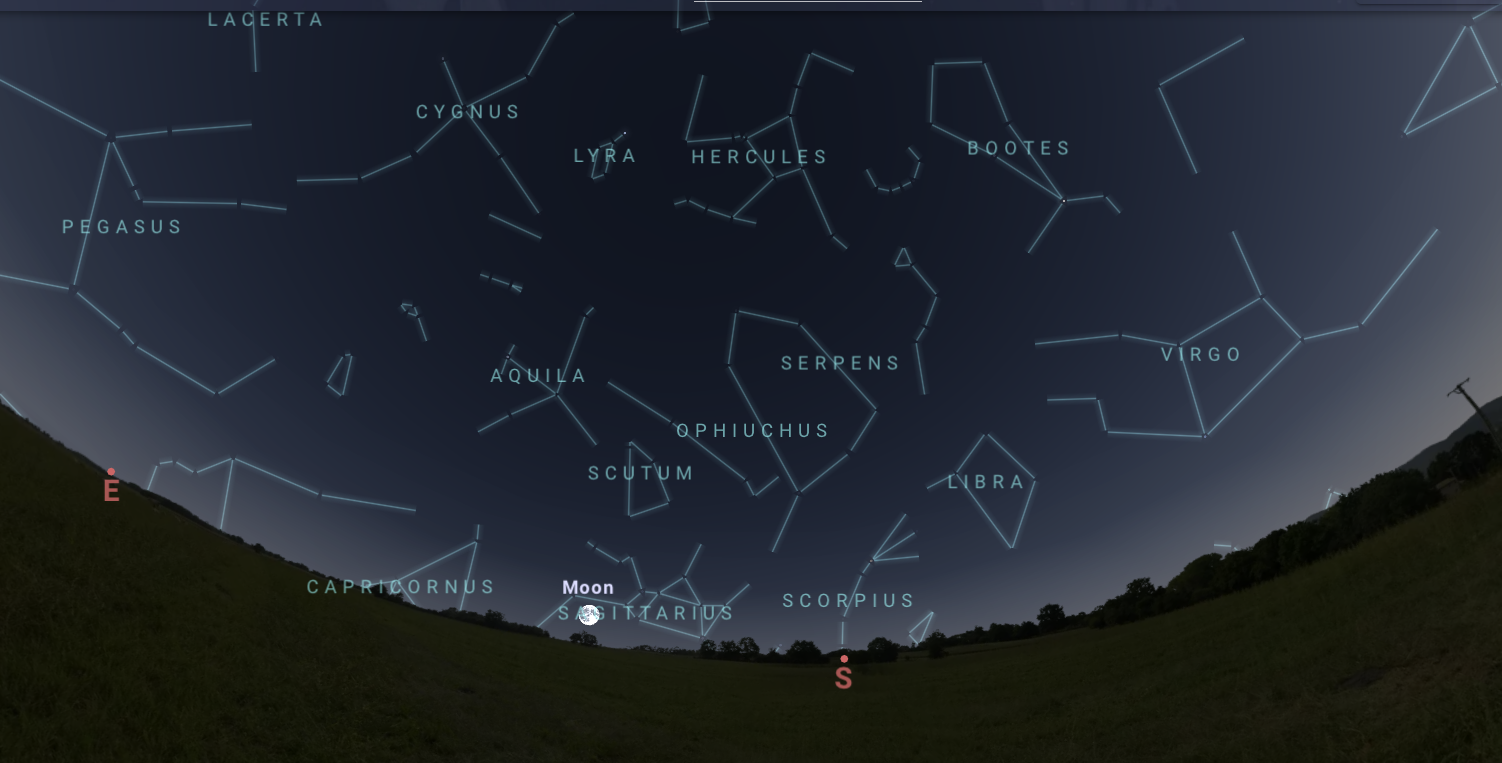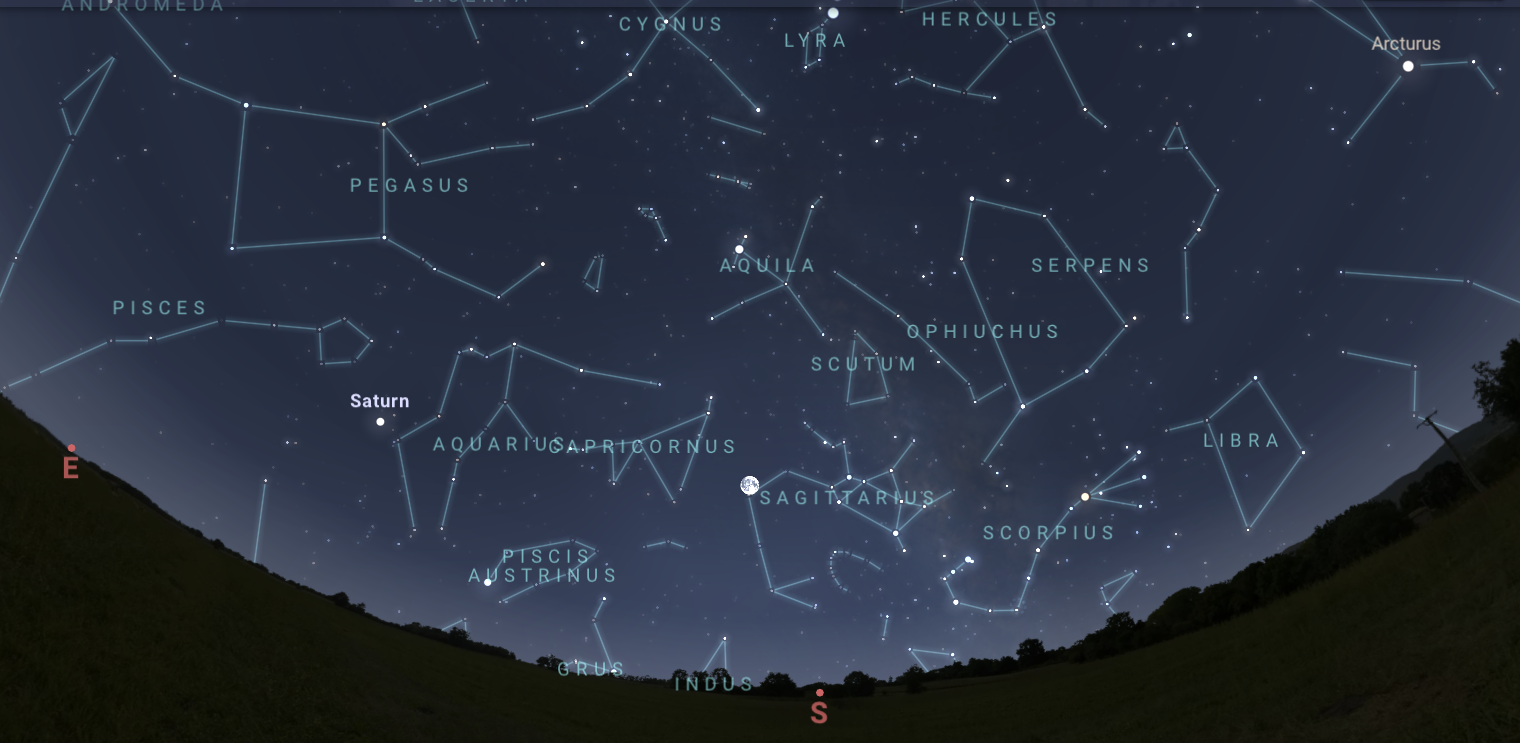On June 21, people around the world will observe another full moon. It is called the Buck Moon or the Thunder Moon. These names really have some natural basis, but they are not associated with any anomalous phenomena. However, observing the moon on this day will be worthwhile wherever you are.

Buck Moon
On June 21, if the sky is clear of clouds, it will be possible to observe another full moon. It has the name Buck or Thunder Moon. Like other similar names it originates from North America. It was first used by the agricultural publication Old Farmer’s Almanac in the 1930s. And it has been gradually gaining popularity ever since.
The publication itself says that the name is of folk origin and its source could be either European settlers or local peoples. However, there is no confirmation that this was the case or any research on the subject at all.
Thus the names quite fairly reflect the real situation in nature in this period. Only it should be remembered that if they are of folk origin, it should concern not only the day of the full moon itself, but also a much larger period of time associated with it.

And yes, it is during this period that the antlers on the heads of bucks reach their largest size. Over time, they begin to die off and subsequently fall off, so that the next year everything is repeated from the beginning.
And thunderstorms in July in the Northern Hemisphere are quite common. Therefore, this name is quite fair from the point of view of the state of terrestrial nature. Although the moon has nothing to do with it. In addition to these names, various autochthonous peoples of North America also use the variants “salmon” and “raspberry” in relation to the July Full Moon.
Other nations have their own names for it, too. The Chinese call it the “Hungry Ghost Moon”, the Wiccans call it the Honey Moon, and the inhabitants of the Southern Hemisphere, where it is the middle of Winter, call it the “Wolf Moon” or “Ice Moon”.

Meanwhile, we’ll have to make do with what we’ve got. The maximum phase of 98% disk illumination during the Buck Moon will occur at 10:17 a.m. GMT. It will be 01:17 p.m. GMT+3 in Kyiv at this time. Instead of the Moon, the Sun will be in the sky. So, if you want to admire the full disk, you should observe it either on the night of 20-21. Our moon will be in the constellation Sagittarius at this time. It will appear in the southeast at about 09:30 p.m., and at 4:30 a.m. it will disappear behind the horizon.
If you are much further west than Ukraine, you are much luckier in terms of observing the Moon. However, the maximum phase will still take place in the afternoon, and the Moon will be in the sky from 09:15 p.m. to 3:03 a.m. all in the same constellation Sagittarius. But before it sets, the Moon’s disk will look much fuller than in Ukraine.

Observing conditions from the USA will be much better. In New York, the maximum phase will be observed at 6:17 a.m. However, the Moon will disappear from the horizon as early as 4:15 a.m. But still, before its disappearance, the disk of the Moon will be visible almost completely.
Finally, the best observing conditions will be in Los Angeles. The maximum phase of the Buck Moon occurs at 3:17 a.m. local time. The Moon will be above the southern horizon in the same constellation Sagittarius. It will be fully admired.


